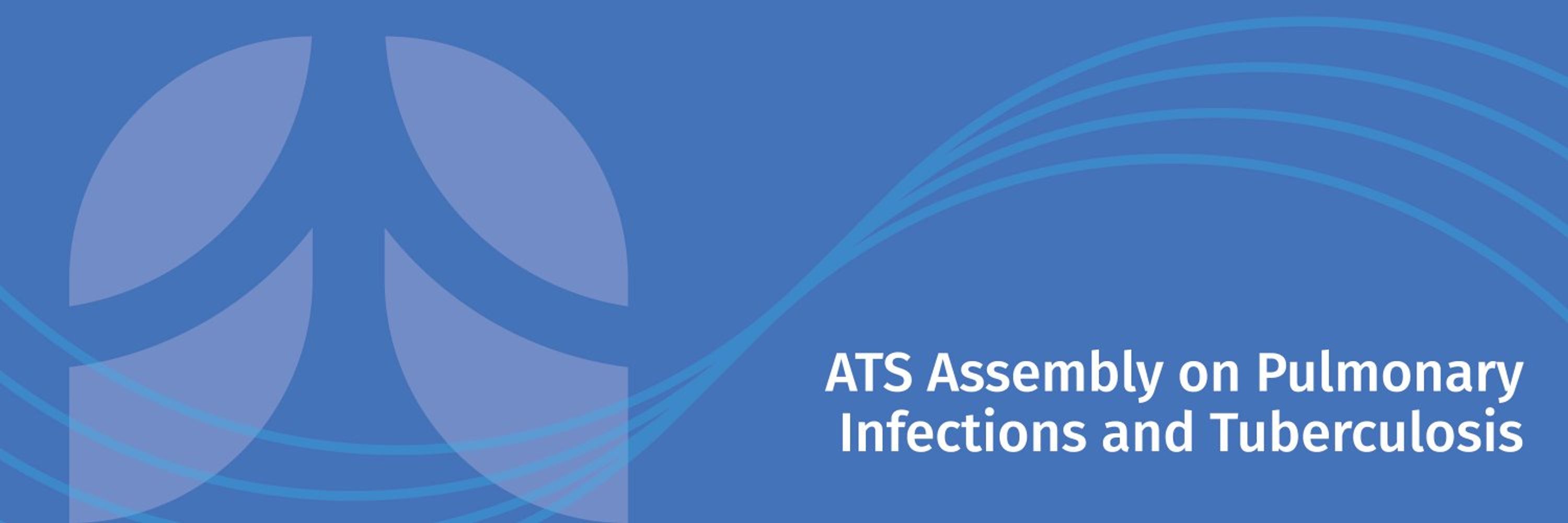

@ATS_PITB
is hosting a🌲PINE🌲Webinar on HIV-associated lung disease 🫁 Case-based discussion, with🌍global experts!
📅 Monday, December 1st 3PM ET
🗒️Register Here: thoracic.zoom.us/webinar/regi...
#TB @ATS_Assemblies
@IDSAInfo
@TheUnion_TBLH
@BTSrespiratory
Sign up here: thoracic.zoom.us/webinar/regi...
Sign up here: thoracic.zoom.us/webinar/regi...
www.nejm.org/doi/full/10....

www.nejm.org/doi/full/10....

Recommend to offer long-term macrolides to patients at high risk of exacerbations. High-risk features include P. aeruginosa infection, COPD, PCD, RA, and sputum purulence.
doi.org/10.1183/1399...
Recommend to offer long-term macrolides to patients at high risk of exacerbations. High-risk features include P. aeruginosa infection, COPD, PCD, RA, and sputum purulence.
doi.org/10.1183/1399...
Recommend not offering long-term ICS to patients with bronchiectasis who do not have coexisting asthma or COPD.
doi.org/10.1183/1399...
Recommend not offering long-term ICS to patients with bronchiectasis who do not have coexisting asthma or COPD.
doi.org/10.1183/1399...
@ATS_PITB
is hosting a🌲PINE🌲Webinar on HIV-associated lung disease 🫁 Case-based discussion, with🌍global experts!
📅 Monday, December 1st 3PM ET
🗒️Register Here: thoracic.zoom.us/webinar/regi...
#TB @ATS_Assemblies
@IDSAInfo
@TheUnion_TBLH
@BTSrespiratory

@ATS_PITB
is hosting a🌲PINE🌲Webinar on HIV-associated lung disease 🫁 Case-based discussion, with🌍global experts!
📅 Monday, December 1st 3PM ET
🗒️Register Here: thoracic.zoom.us/webinar/regi...
#TB @ATS_Assemblies
@IDSAInfo
@TheUnion_TBLH
@BTSrespiratory
Recommend offering long‑term inhaled antibiotics to patients at high risk of exacerbations and with chronic Pseudomonas aeruginosa infection despite standard care.
publications.ersnet.org/content/erj/...
Recommend offering long‑term inhaled antibiotics to patients at high risk of exacerbations and with chronic Pseudomonas aeruginosa infection despite standard care.
publications.ersnet.org/content/erj/...
doi.org/10.1164/rccm...
doi.org/10.1164/rccm...
The ATS is accepting scientific abstracts and case reports on all aspects of respiratory disease, critical care, and sleep medicine for ATS 2026.
Deadline is 5 p.m. ET, Nov. 5, 2025: conference.thoracic.org/program/call...

The ATS is accepting scientific abstracts and case reports on all aspects of respiratory disease, critical care, and sleep medicine for ATS 2026.
Deadline is 5 p.m. ET, Nov. 5, 2025: conference.thoracic.org/program/call...



www.atsjournals.org/doi/epdf/10....
www.atsjournals.org/doi/epdf/10....
#TB #globalhealth #StopTB
www.atsjournals.org/doi/epdf/10....
#TB #globalhealth #StopTB
www.atsjournals.org/doi/epdf/10....
@ats-pitb.bsky.social is hosting a🌲PINE🌲Webinar on Post-TB Lung Disease 🫁
Case-based discussion, diagnosis & treatment with 🌍 global experts!
📅 Tue Oct 28 10AM ET
🗒️Register Here: bit.ly/47X6auu
#TB @atscommunity.bsky.social @theunion.org @btsrespiratory.bsky.social
@ats-pitb.bsky.social is hosting a🌲PINE🌲Webinar on Post-TB Lung Disease 🫁
Case-based discussion, diagnosis & treatment with 🌍 global experts!
📅 Tue Oct 28 10AM ET
🗒️Register Here: bit.ly/47X6auu
#TB @atscommunity.bsky.social @theunion.org @btsrespiratory.bsky.social


Empiric antibiotics are suggested for adults hospitalized with clinical and imaging evidence of CAP—whether non-severe or severe—who test positive for a respiratory virus.
doi.org/10.1164/rccm...
Empiric antibiotics are suggested for adults hospitalized with clinical and imaging evidence of CAP—whether non-severe or severe—who test positive for a respiratory virus.
doi.org/10.1164/rccm...
Submit your nominations before Sept. 4! surveymonkey.com/r/YHQFMGZ

Submit your nominations before Sept. 4! surveymonkey.com/r/YHQFMGZ
First DPP-1 inhibitor for non-CF bronchiectasis & neutrophil-mediated disease.
Effective across key subgroups: macrolide users, varying eosinophil counts, adolescents.
www.nejm.org/doi/full/10....

First DPP-1 inhibitor for non-CF bronchiectasis & neutrophil-mediated disease.
Effective across key subgroups: macrolide users, varying eosinophil counts, adolescents.
www.nejm.org/doi/full/10....
For stable adults with outpatient CAP, <5 days of antibiotics are recommended (minimum duration: 3 days).
Systemic corticosteroids for adults hospitalized with severe CAP.
doi.org/10.1164/rccm...
For stable adults with outpatient CAP, <5 days of antibiotics are recommended (minimum duration: 3 days).
Systemic corticosteroids for adults hospitalized with severe CAP.
doi.org/10.1164/rccm...
doi.org/10.1164/rccm...
doi.org/10.1164/rccm...
Lung ultrasound now an evidence-based alternative to chest X-ray for diagnosis
No antibiotics for outpatients with no comorbidities and a positive viral test
doi.org/10.1164/rccm...
Lung ultrasound now an evidence-based alternative to chest X-ray for diagnosis
No antibiotics for outpatients with no comorbidities and a positive viral test
doi.org/10.1164/rccm...


